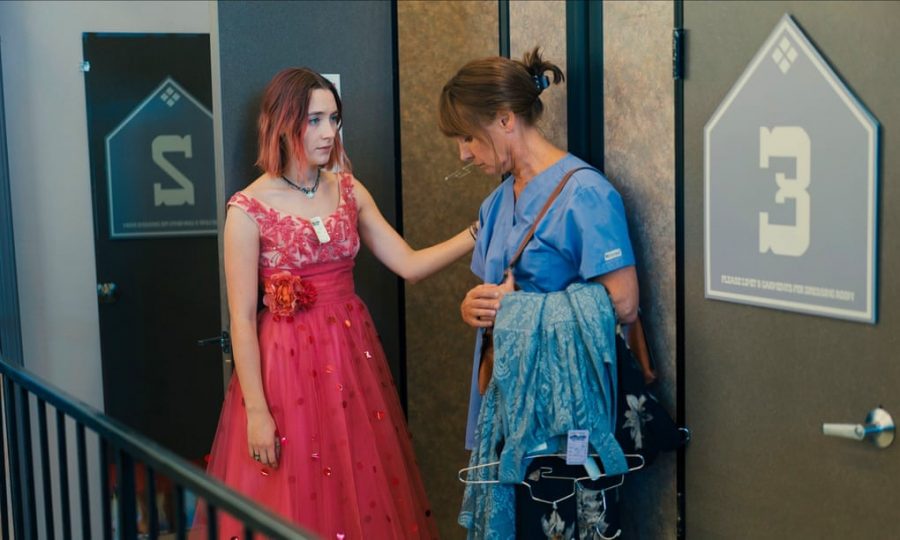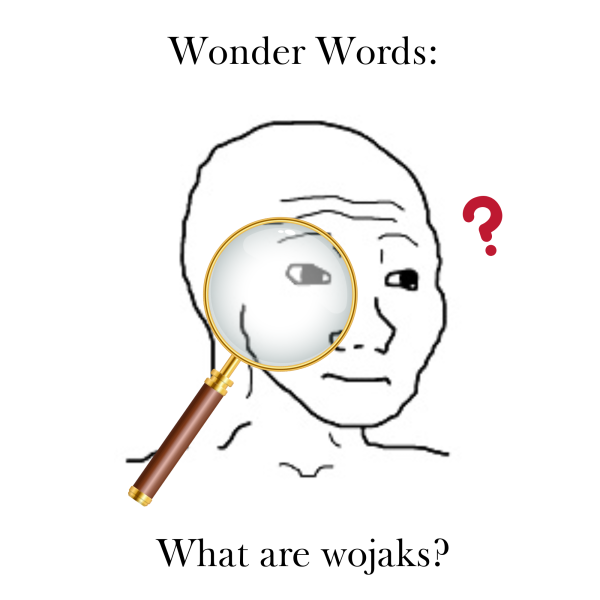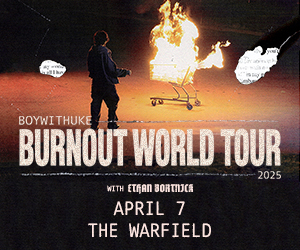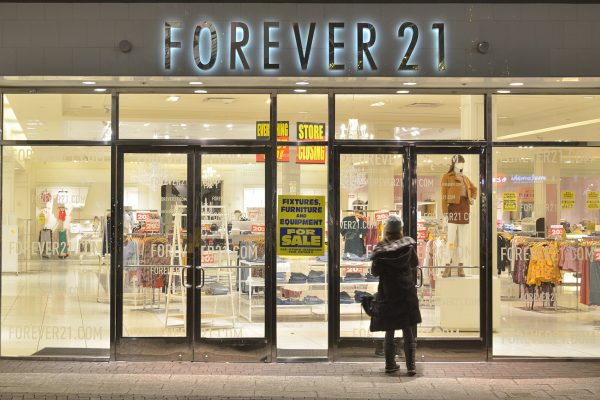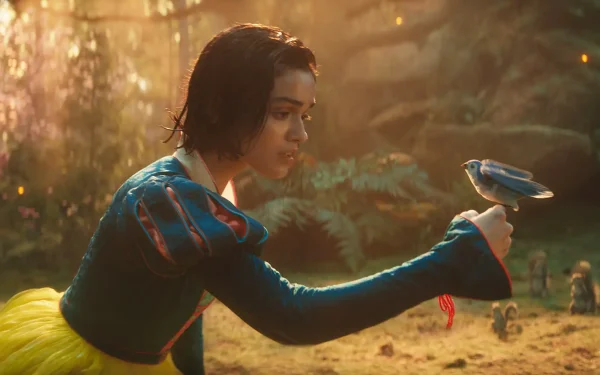The Female Gaze in Film
For decades, films have catered toward the male gaze. They’ve developed their own narrative of the female universe based upon what is considered “appealing” to the man behind the camera, the man in the scene, and the man in the audience, using it to depict women in mainstream cinema as desirable objects rather than characters by their own right.
The portrayal of the antiheroine Harley Quinn in the 2016 film “Suicide Squad” is a shining example of this standpoint. When the movie was released, Harley Quinn’s flirtatious, coyish charm, paired with her infamous “Daddy’s lil monster” tee & underwear combo, made her an instant hit among male spectators. The camera seemed to have no trouble lingering on her body for a little too long, instead of aiming at her face. In this regard, she perfectly fits the frame of what the film industry finds alluring in a woman – a tad too sexualized and a tad too unrealistic.
However, in the 2019 sequel “Birds of Prey” new director Cathy Yan decided to go down a different road with the character – dressing her in pants and giving her a far more independent and nuanced storyline for a change. Yang’s take on Harley Quinn is thought to be part of a new concept that’s entering the screen — the female gaze.
So, what is the female gaze, exactly? Well, in the simplest of terms, it’s the perspective that runs counter to that of the male lens. The female gaze intends to present women as genuine human beings with real emotions. From this angle, women can have breakdowns without being deemed “dramatic” or “crazy,” attitude without being shown as “bossy,” and goals that don’t render them an “overachiever.” It’s a reconstruction of what’s been utilized as a blueprint for the depiction of women — one that’s actually authentic.
It’s important to note that this is a fairly new ideology whose seeds are still being sown. In a world where male views and desires have served as the default in film for so many years, it’s only natural that this revolutionary notion doesn’t take over the screen overnight — especially since it’s mostly evolved by female filmmakers who remain a minority in the industry. According to Modern Intimacy, only 16% of the top-grossing movies were directed by women, a detail that has certainly been reflected in the lack of complex female characters in cinema.
However, that’s not to say there hasn’t been any improvements, because there certainly has, and “Birds of Prey” is only one instance of this. Fortunately, the female gaze does not shy away from irksome, traditionally male-dominated genres, such as horror or thriller. Indeed, it embraces and redefines them to feed a female audience, and oftentimes, this is manifested in creative, inventive forms.
Greta Gerwig’s 2017 “Lady Bird,” for instance, concerns itself with the journey of a fiery, imaginative, yet lost seventeen-year-old girl who wants more than what her life has to offer. In the movie, Lady Bird’s feelings and dreams, as well as her flaws, are validated and normalized in a manner that allows other young females to relate to her and be accepting of their own emotions.
Next, the 2009 film “Jennifer’s Body” stars Megan Fox, who is known for a tragic history of being oversexualized in the media and in roles that she has previously played, as a horrific monster who kills boys. Even with all the visual gore, perhaps the most intimating part of the movie is how it places a woman as its number one terrifying force, as opposed to the typical “Final Girl” or the one who dies first because of stereotypical misogyny.
Celine Sciamma’s 2019 French period romance, “Portrait of a Lady on Fire,” also ranks as a heartfelt representation of the female gaze. It’s a woman-driven piece, with almost no male characters, that focuses on the love shared between a female painter who’s hired to paint another woman’s portrait.
These are just some of the many great movies that are slowly reversing the obstructive culture of the male gaze within cinema. Now, there’s bright hope for a new era in the film industry where the focus will shift from women’s bodies to their potential as strong, independent females.

